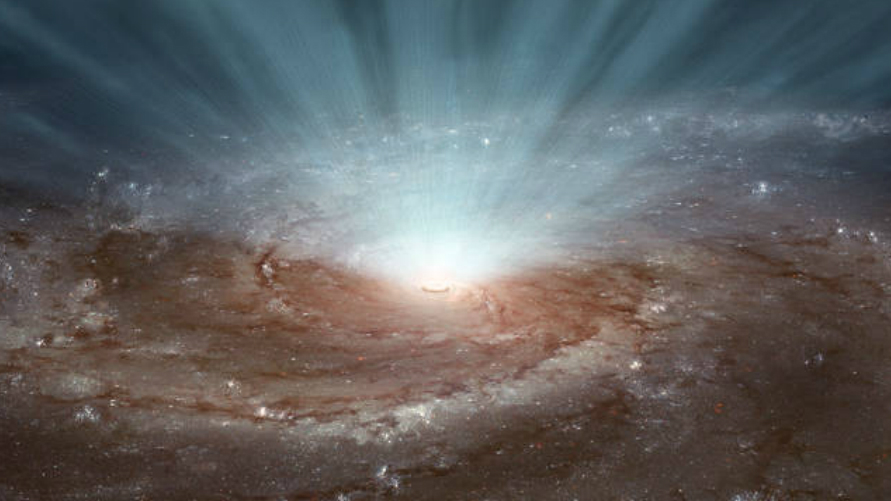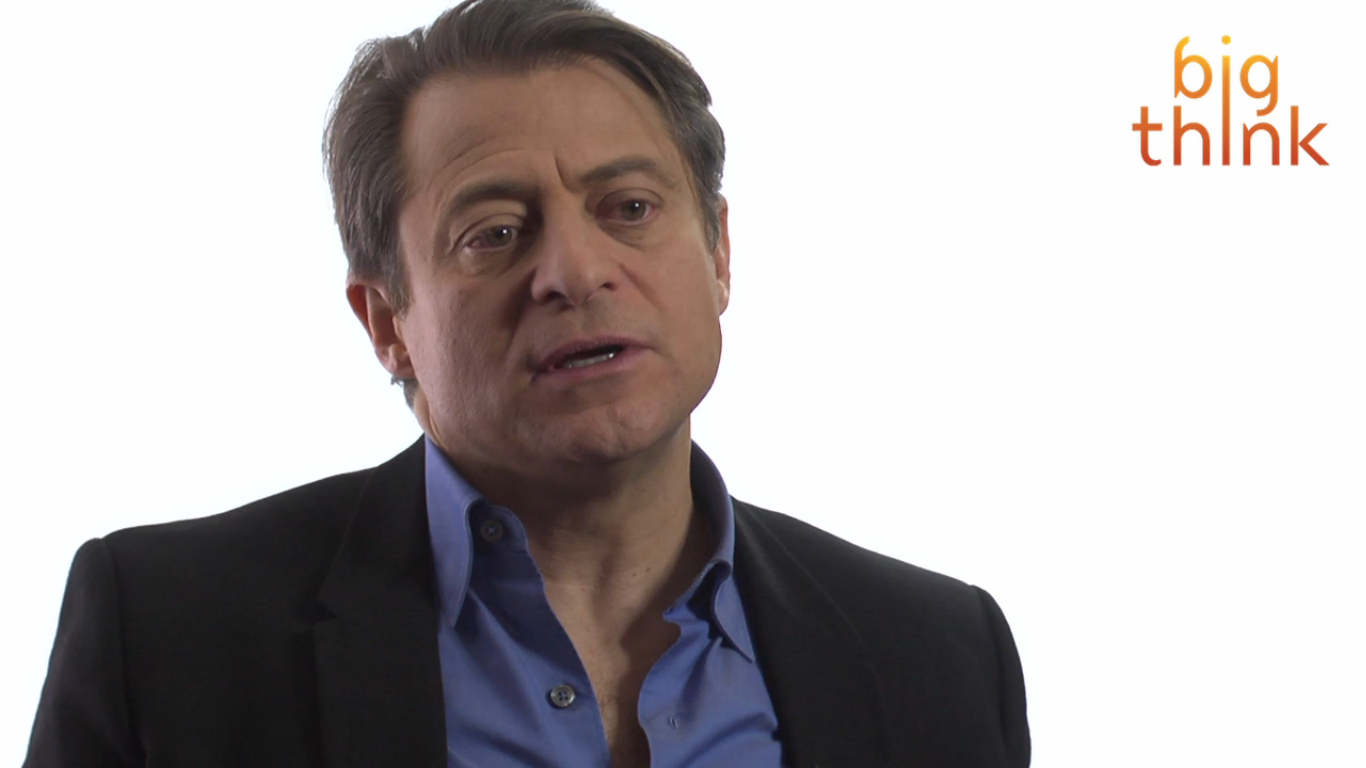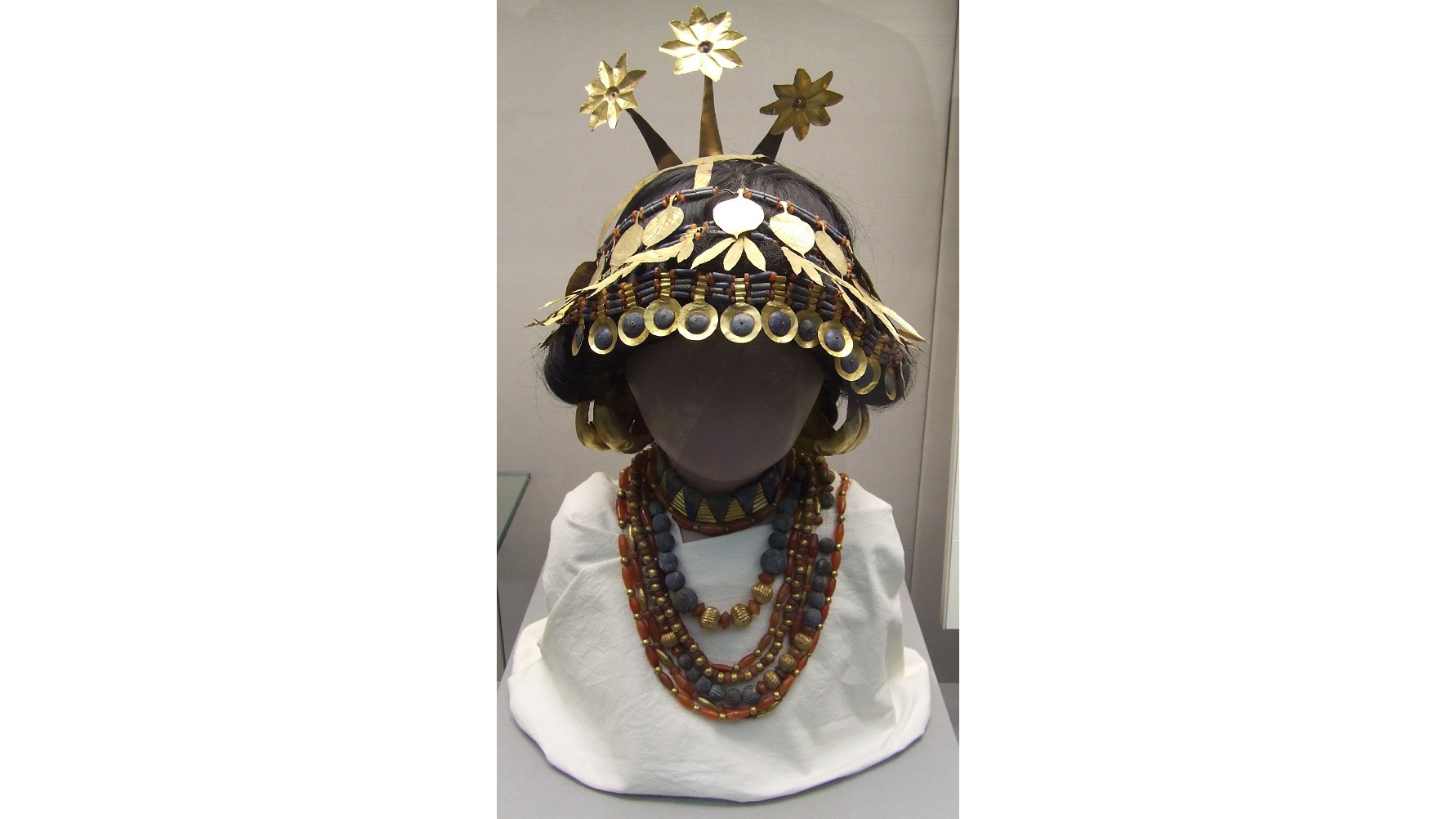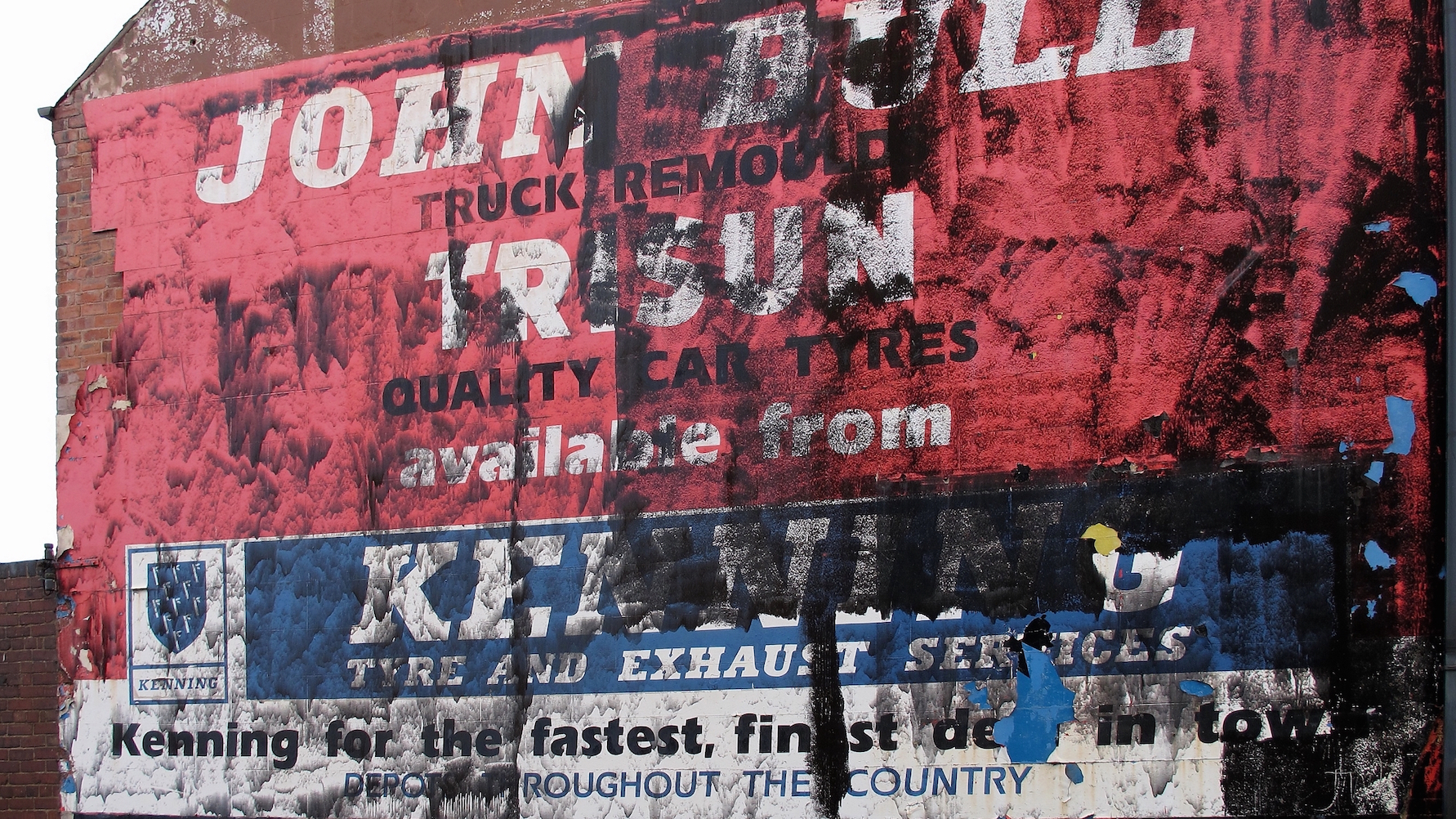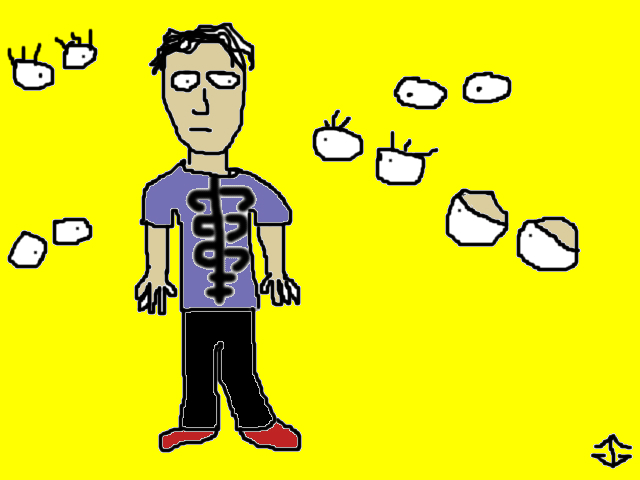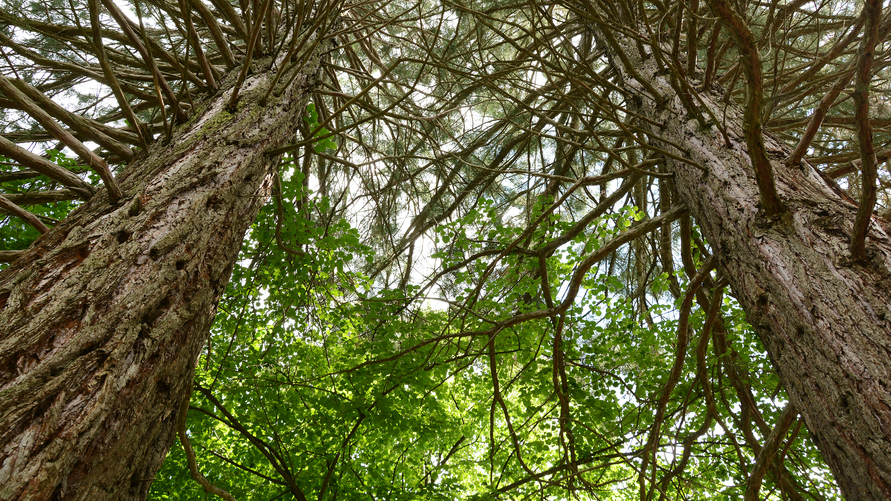How the Solar Eclipse of 1919 spelled the end for Newton. “Oh leave the Wise our measures to collate. One thing at least is certain, light has weight. One thing […]
Search Results
You searched for: S D
What the first American woman in space meant for people everywhere. “Each generation goes further than the generation preceding it because it stands on the shoulders of that generation. You […]
Few American cultural institutions stared as deep into the yawning, austerity-driven abyss of large-scale deaccessioning as The Detroit Institute of Arts. When the City of Detroit declared bankruptcy in 2013, vulturous creditors circled the DIA’s collection, estimated worth (depending on the estimator) of $400 million to over $800 million. Some experts see signs of a Detroit comeback, however, but one very visible sign is the new DIA exhibition Diego Rivera and Frida Kahlo in Detroit, a showcase of the city’s ties to Mexican artists Frida Kahlo and Diego Rivera as well as a tribute to Kahlo’s and Rivera’s own artistic comebacks. Few exhibitions truly capture the spirit of a city at a critical moment in its history, but Diego Rivera and Frida Kahlo in Detroit is a show of comebacks that will have you coming back for more.
A NASA-ESA joint discovery confirms held beliefs about the nature of X-ray-emitting winds that emanate from supermassive black holes.
In his latest book Bold, Peter Diamandis notes that exponential entrepreneurs need to keep an eye out for emerging technologies — such as virtual reality — about to emerge in a big way.
Giving others credit when it isn’t due may sound counterintuitive, but it is what skilled managers and leaders do. The principle applies to people who work for us as much […]
With the May 1st grand opening to the public of its new building in Manhattan’s Meatpacking District, the Whitney Museum launches a new era not only in the New York City art scene, but also, possibly, in the very world of museums. Thanks to a Renzo Piano-designed new building built, as Whitney Director Adam D. Weinberg put it, “from the inside out” to serve the interests of the art and the patrons first, the new Whitney and its classic collection of American art stretching back to 1900 has drawn excited raves and exasperated rants from critics. Their inaugural exhibition, America Is Hard to See, gathers together long-loved classic works with rarely seen newcomers to create a paradox of old and new to mirror the many paradoxes of the American history the art embodies and critiques by turns. This shock of the new (and old) is the must-see art event of the year.
Our fear of making incorrect choices too often prevents us from rationally assessing the decision-making process.
When British archaeologist Leonard Woolley discovered in December 1927 the tomb of Puabi, the queen/priestess of the Sumerian city of Ur during the First Dynasty of Ur more than 4,000 years ago, the story rivaled that of Howard Carter’s discovery of Tutankhamun’s tomb in Egypt just five years earlier. “Magnificent with jewels,” as Woolley described it, Puabi’s tomb contained the bodies of dozens of attendants killed to accompany her in the afterlife — the ideal material for a headline-grabbing PR campaign that momentarily shouldered Tut out of the spotlight. A new exhibit at New York’s The Institute for the Study of the Ancient World titled From Ancient to Modern: Archaeology and Aesthetics puts Puabi back in the spotlight to examine how archaeology and aesthetics intersected, transforming ancient art into modern and making modern art strive to be ancient.
It’s the greatest source of energy in the Universe, and yet we had no idea until less than 100 years ago. “The sun is a miasmaOf incandescent plasmaThe sun’s not […]
The Universe contains black holes billions of times as massive as our Sun. “It is by going down into the abyss that we recover the treasures of life. Where you […]
You’re not broken. I promise. I can understand why you would think you are, though. After all, you’re an expert in yourself. Like a fine painter, you’re so familiar with […]
A psychiatrist has made headlines claiming smartphones are making children “borderline” autistic. Here’s why that’s rubbish:
The Universe is full of surprises. These are the biggest, plus what they mean. “Surprise is the greatest gift which life can grant us.” –Boris Pasternak So it is in […]
Jason Gots explores issues of authenticity and the true self, inspired by his deep dive into the podcast ocean.
Research shows that kids who get to school under their own steam enjoy learning benefits in the classroom. Unfortunately, varying social factors and infrastructural limitations often make such commutes difficult, if not impossible.
This International Women’s Day, celebrate Henrietta Leavitt, who took us beyond the stars and into the galaxies. “Her will tells nearly all. She left an estate worth $314.91, mostly in […]
Is it like that Corn God myth? Do you devour them?
It has become commonplace to see a “worm” based on the reactions of a tiny sample of audience members running across our screens during televised presidential debates. Psychologists tested whether the worm can influence our voting intentions and the results are worrying in the extreme.
Automation is on the rise in areas previously regarded as beyond the reach of machines.
After the CMB, before the first stars, there was nothing to see. Or was there? “[I]f there were no light in the universe and therefore no creatures with eyes, we […]
How we’re still, only now, just discovering the closest stars to Earth. “As a boy I believed I could make myself invisible. I’m not sure that I ever could, but […]
Could humans someday live to be 1,000 years old? Life extension and radical longevity are rising topics of conversation among futurist circles… and wealthy tech entrepreneurs are listening.
It’s the richest lottery game in the USA. When is it worth it to play? “I’ve done the calculation and your chances of winning the lottery are identical whether you […]
The future of stars like our own, in a story only pictures can tell. “I lie on the floor, washed by nothing and hanging on. I cry at night. I […]
An expectant mother’s enhanced exposure to Vitamin D via summer rays likely explains new research that indicates children born in October and November have a step up athletically.
Ambition, goal-setting, and I are awkwardly dating.
Could a strong enough tether save you? Or is your fate inevitable? “Nobody ever did, or ever will, escape the consequences of his choices.”–Alfred A. Montapert Everyone is free to […]
Life coach and author Tony Robbins had entered the world of personal finance with his latest book.
What makes the Sun shine? For decades, the science didn’t add up. “Every time we get slapped down, we can say, ‘Thank you, Mother Nature,’ because it means we’re about […]

